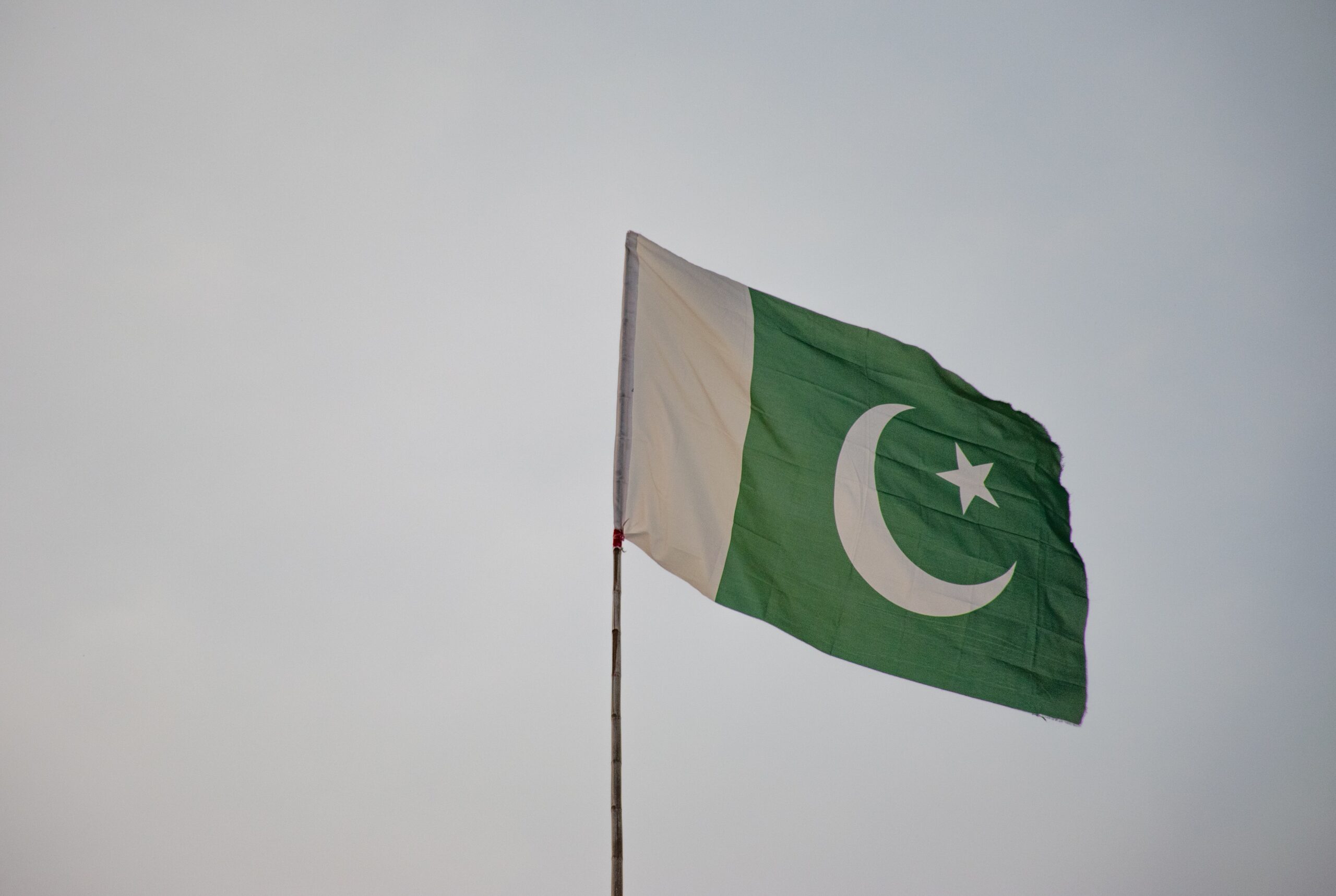Pakistan’s Interior Minister Sheikh Rasheed Ahmed, whilst addressing a public event in Rawalpindi gloatingly announced that the Pakistani Air Force-led fly-over on Republic Day on March 23 would highlight the newly purchased 25 ‘JS-10’ fighter jets from China. The jets would counter the 36 Indian Dassault Rafale jets fighters imported from France.
However, no confirmatory word from Pakistan or Chinese authorities has surfaced on this matter. Furthermore, while the local announcement by Ahmed cherished the arrival of 25 jets, the official size of the order is still under question. Other reputed sources have claimed that the total buy or the total deliverable would actually be for 36 aircraft in two squadrons. In addition to the above-blurred details, the sources have also remarked that while general understanding of the said announcement has perceived the jets to have been sold to Pakistan, the technical operatives have opined that the jets’ ownership has not been transferred but is loaned to Pakistan by the Chinese People’s Liberation Army Air Force. The source said that the Chinese Air Force has given a few units to the PAF to test on a delayed cost basis.
The J-10s have been the eye candy for Pakistan and the nation’s interest in the jets spans more than 10 years. The country was initially interested in the FC-20 jets which was a part of the wider Armed Forces Development Plan 2015, however, the export of the same was derailed by a lack of funding under the 2008-2013 Pakistan Peoples Party administration.
The jet in question, J-10, is a single-engine tactical fighter jet built by the Chengdu Aircraft Corporation in Sichuan province. The jet was developed in the 1980s and 90s and is similar in concept to the high-performing and lightweight Israeli F-16 fighter jet. The latest J-10C model, which is likely the one to be handed over to Pakistan has reliable and powerful Chinese-built WS-10B or WS-10c turbofan engines rather than Russian AL-31F engines used on the previous J-10A and J-10B jets. The latest variant also features the advanced Active Electronically Scanned Array (AESA) radar and compatibility with longer distance PL-15 BVR 9beyond visual range) missiles.
As pertinently mentioned above, the recent supposed purchase of the fighter jets by Pakistan is bought in light of India’s successful translation of the Rafale deal with France. Though the J-10 does appear to be capable, the newly installed sensors and armaments would significantly improve the PAF’s warfare capabilities. However, when stacked up for a comprehensive comparison against Rafale, the J-10 does not qualitatively overmatch the twin-engine Dassault Rafale, which has a superior thrust-to-weight ratio, a more capable AESA radar, and self-defense jammer.
Nevertheless, while the whole of Pakistan awaits the translation of Ahmad’s speech on the ground, one Pakistani politician has also criticized the purchase of J-10 jets and stressed on Pakistan authorities to invest in domestically developed jets.

